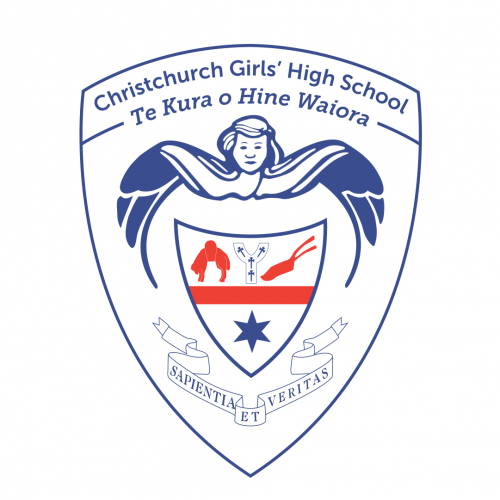
Year 12 - Geography
The Year 12 Geography classes are currently working on the internal ‘The Global Patterns Of Health’, focusing on the global challenge which is HIV/AIDS.
On the 13th of May we were lucky enough to have Dr John Maasch come and speak to us about his time helping and working over in South Africa with orphans affected by HIV/AIDS.
Firstly, Dr John Maasch explained some of the effects and symptoms which HIV/AIDS has on the body. This was very beneficial for us because we were able to understand the effects from a doctor's perspective who had helped treat it and has been primarily surrounded by people infected.
He then went on to talk about the statistics of HIV/AIDS in South Africa. My peers and I found this very insightful and opened our eyes to how big this problem really is. For example, one of the facts that really especially stuck with me was that in South Africa there is a 19.7% prevalence, meaning that there are 7.8 million people living with HIV. But another thing people don’t take into account is not only how many people are affected by the disease but also the children who are also affected.
The organisation Dr John Maasch works with in South Africa, named Isibani Sethemba, works to provide psychosocial and economic support to youth and children in Ingwavuma to enable them to undertake socially acceptable developmental actions and enjoy basic rights resulting in them becoming socially responsible members of society. They provide orphan care by providing community-based care so that children are not left to care for parents dying of AIDS, they host Christmas parties for orphans sponsored by IOTFNZ and also provide orphan camps. They do all of this to set the orphans up for a better life so they don’t need to turn to extreme ways to live and/or get money from.
The greatest thing about this is that they are seeing results from this program and orphans are now attaining the same results as their peers in school exams. One is now at medical school training to be a doctor, two are at university studying to be teachers, two are studying for their nursing degree and another has completed his social work degree and looking at working in Ingwavuma.
This was a great opportunity for our Geography classes to be able to get an insight into how big of a problem HIV/AIDS really is and what people are doing to help it. It also gave us a different perspective, not only do we now think about the statistics and numbers around what is happening with the HIV/AIDS health crisis, we now start to think about the consequences which follow so many people dying of HIV/AIDS, such as orphans.
